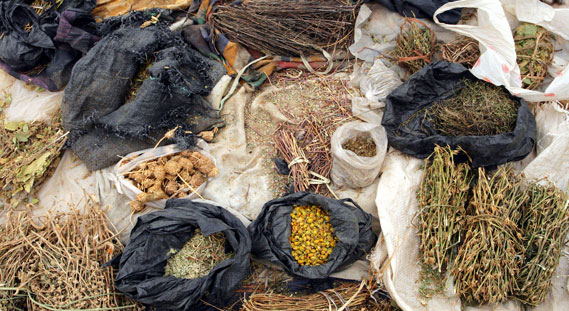Mali, a country in West Africa with a rich cultural heritage, has long relied on indigenous herbal medicine as a primary source of healthcare. Traditional medicine remains deeply ingrained in Malian society, especially in rural areas where access to modern medical facilities is limited. Indigenous herbal remedies, derived from the country’s vast biodiversity, have been used for generations to treat various ailments and maintain overall well-being. Despite the growing presence of modern medicine, herbal treatments continue to play a crucial role in Malian healthcare.
The Importance of Indigenous Herbal Medicine
Indigenous herbal medicine is an essential component of Mali’s healthcare system, particularly for those who cannot afford or access conventional medical services. Traditional healers, known as “marabouts” or “féticheurs,” use their extensive knowledge of local plants to create treatments for common illnesses such as malaria, digestive issues, respiratory infections, and skin conditions.
Malian flora offers a rich array of medicinal plants, including neem, baobab, hibiscus, and moringa, all of which have demonstrated significant healing properties. For instance, neem is widely used for its antibacterial and antifungal properties, while baobab is known for its high vitamin C content, boosting immunity and overall health. Many of these remedies have been passed down through generations, with knowledge being preserved within families and communities.
The Challenges of Indigenous Herbal Medicine
Despite its significance, indigenous herbal medicine faces several challenges in Mali. One of the primary concerns is the lack of scientific validation for many herbal treatments. While some plants have been studied and confirmed to have medicinal benefits, others remain untested, raising questions about their safety and effectiveness. This lack of formal research can lead to skepticism among healthcare professionals and hinder the integration of herbal medicine into mainstream healthcare.
Additionally, the absence of regulations and quality control measures poses risks to patients. The informal nature of traditional healing means that dosages and preparation methods can vary significantly, potentially leading to adverse effects or ineffective treatments. Ensuring proper standardization and safety guidelines is crucial for the wider acceptance of herbal medicine.
Integrating Herbal Medicine with Modern Healthcare
Efforts are being made to integrate indigenous herbal medicine with modern healthcare in Mali. The government, alongside international health organizations, has taken steps to document and research traditional remedies. This initiative aims to validate herbal treatments scientifically and establish safety guidelines to protect patients.
Furthermore, collaboration between traditional healers and modern medical practitioners is being encouraged. Some healthcare facilities now work alongside herbalists to offer complementary treatment options, particularly for chronic illnesses such as diabetes and hypertension. By combining the strengths of both medical systems, Mali can create a more inclusive and effective healthcare approach.
Conclusion
Indigenous herbal medicine continues to be a vital part of Malian healthcare, providing accessible and culturally significant treatment options for many people. While challenges remain, efforts to bridge the gap between traditional and modern medicine can lead to a more comprehensive healthcare system. By preserving traditional knowledge while ensuring scientific validation and safety, Mali can harness the full potential of its rich herbal heritage to improve public health outcomes.
